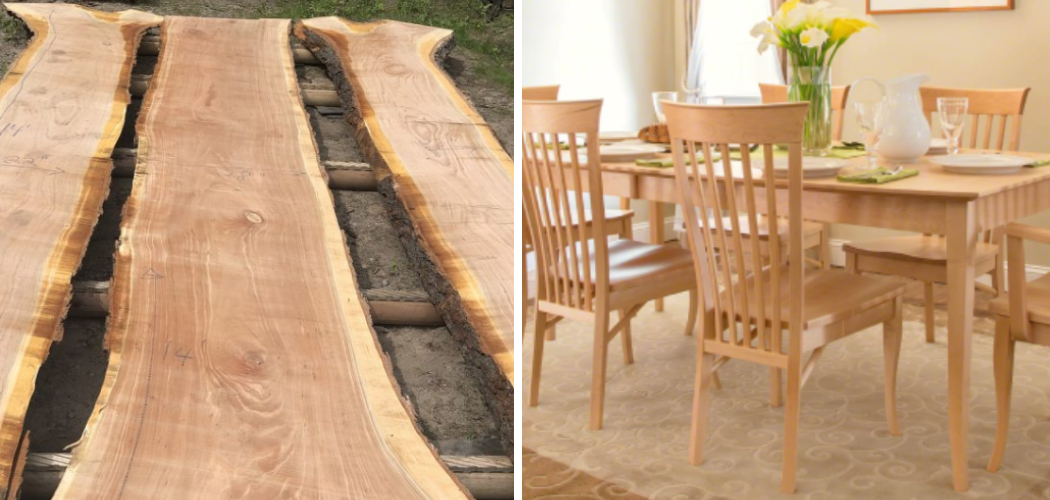Are you looking to buy furniture, or perhaps sort through a pile of discarded lumber? If so, it’s important that you know how to identify maple wood. Maple is an extremely popular choice for furniture and cabinetry due to its strength and lovely colors, but its likeness can be difficult for even experienced eyes to discern from similar wood types.
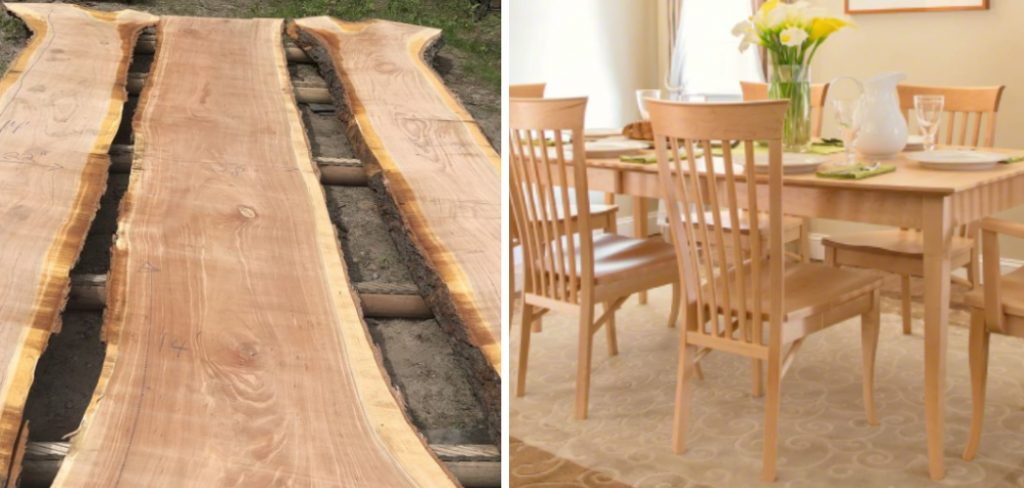
In this blog post, we will discuss the physical properties that distinguish maple from other hardwoods in order to help spot your ideal piece of furniture or crafting material with confidence!
Step-by-step Guidelines on How to Identify Maple Wood
Step 1: Look at the Color of the Wood
Maple has a light cream color, with occasional reddish hues in the grain, and is slightly lighter in color than birch. It is often easily spotted in mixed wood piles due to its bright color. But be careful, as its texture and grain can sometimes be mistaken for cherry or birch.
This is especially true with curly grain variations of the wood. But a close inspection of the color should reveal the true identity. It’s also important to note that maple wood will darken with age, so keep this in mind when purchasing.
Step 2: Feel the Surface Texture
Maple has a smooth, even texture and is generally fairly easy to distinguish from other wood types by touch. Maple has very few open pores, which are the small indentations in the wood grain that give it a rough texture.
But beware, as certain grains of maple may have a bit more open pores than usual and can be mistaken for walnut or oak. It is important to keep in mind that other woods may have a smoother surface texture than maple, so feel for any coarse grain lines before making your decision.
Step 3: Look for the Grain Pattern
Maple has a straight, uniform grain pattern and is generally easy to spot by the eye. It can be distinguished from cherry or birch, which have busier and more pronounced grain patterns.
The curly maple variation of maple wood is often sought after for its unique visual properties, so if you come across boards with this type of grain, chances are they are indeed made of maple. It is also worth noting that each tree’s grain will be slightly unique, so no two pieces of maple wood furniture or lumber will ever look exactly the same.
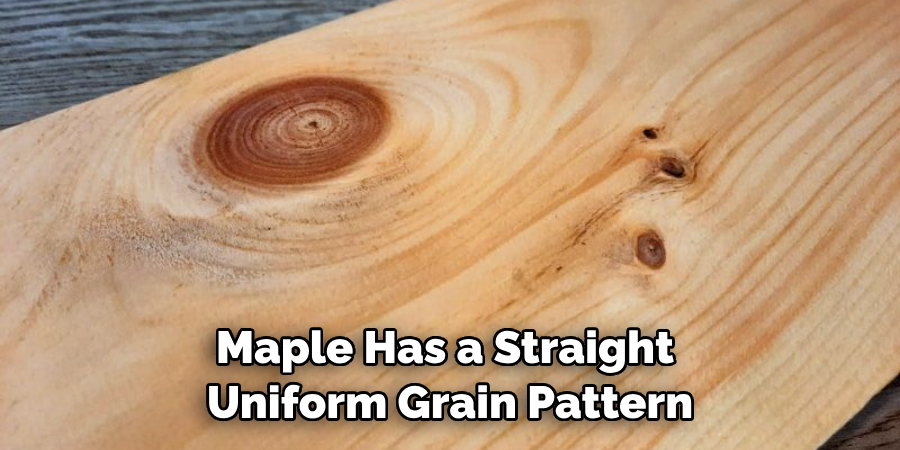
Step 4: Inspect the Weight
Compared to other hardwoods such as cherry or birch, maple tends to be a bit lighter in weight. This should help distinguish it from other types of wood when sorting through different varieties. This is especially true of curly maple, which has a natural lightness due to its unique grain pattern.
It is important to note, however, that maple wood can be significantly heavier than pine or other softwoods. Keep this in mind if you are working with mixed piles of wood.
Step 5: Check for Odor
Maple has a mild odor which can be detected by smelling the wood. This is generally not an effective method to identify maple wood, however, as many other types of wood have similar smells. If you detect a strong odor it is likely not maple. This is particularly true for the curly maple variety, which does not have as strong of an odor.
Step 6: Look for Tool Marks and Blemishes
Maple is known for its ability to hold tool marks well, meaning that pieces of finished furniture or lumber cut from maple are often easy to spot due to the presence of tool marks on the surface. It also tends to have fewer blemishes than other woods, so this should help weed out any potential imposters when trying to identify maple.
Step 7: Check the Finish
The finish applied to furniture or lumber will often provide clues as to the wood type. Maple has a distinctive finish that is often quite easy to recognize, as it tends to be glossy and somewhat reflective. However, be aware that the finish will not always reveal the wood type. But if the finish appears to have a unique reflective quality, then it is likely maple.
Step 8: Determine the Hardness
Maple is very hardwood, so if you’re looking at pieces of furniture or lumber, try pushing your thumb into the surface of the material. If your nail leaves an impression, then it’s likely not maple.
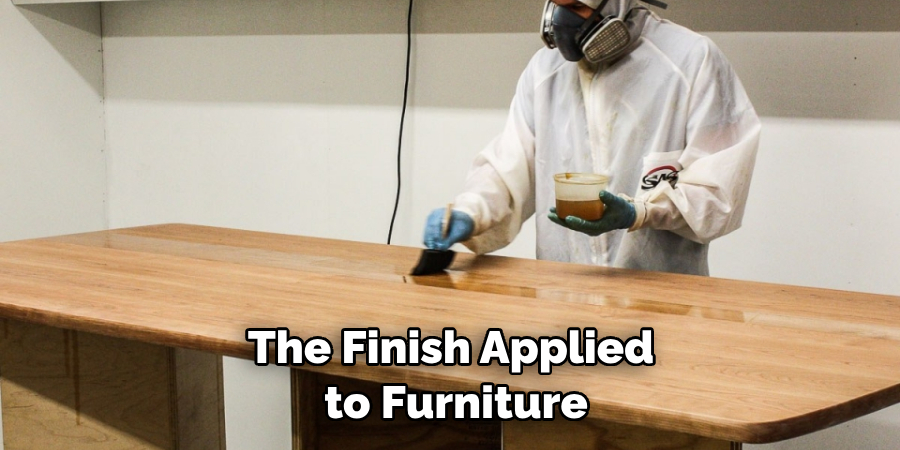
On the other hand, if there is no visible damage or indentation in the wood after pushing down with mild force, then chances are you have found some maple! It is important to note that the hardness of wood can vary, so this is not always a reliable method for identification.
Step 9: Consult a Professional
If you’re still unsure about what type of wood you’re dealing with after all these steps, don’t hesitate to consult a professional. There are many wood identification services online, or you can find an experienced carpenter in your area that can help you identify the material. It may be worth it to pay a small fee for a professional’s help in order to avoid making an expensive mistake.
Step 10: Consider Other Properties
In addition to looking for the above physical characteristics of maple wood, remember to consider other factors such as durability and cost when making your decision. Maple is a very strong and durable wood, but it may not be the most budget-friendly option if you’re looking to save money on furniture or lumber.
Step 11: Make Your Purchase!
If after considering all these points, it seems like Maple is the right choice for your project, then go ahead and make the purchase with confidence!
It’s always important to trust your instincts when it comes to buying furniture or lumber, and by following these tips you should have no problem identifying maple wood. Always remember to double check your sources and verify what type of wood you’re buying before making a purchase.
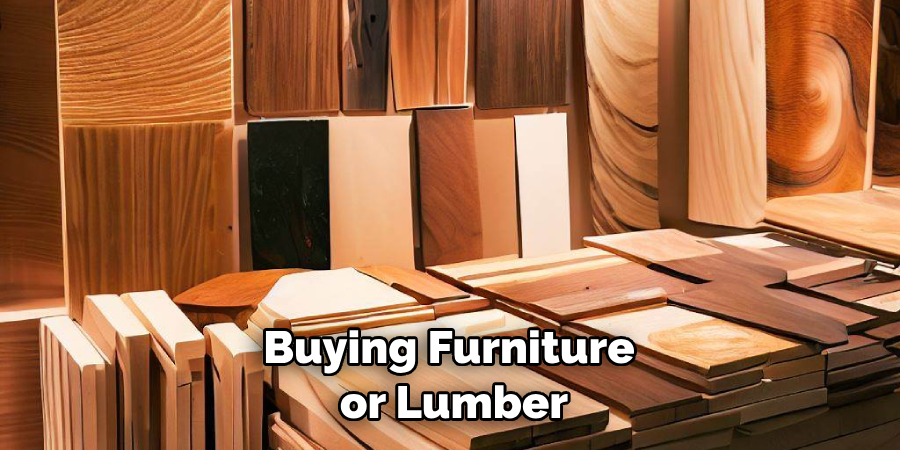
By following these simple steps on how to identify maple wood, you should now be able to confidently identify maple wood when sorting through a pile of discarded lumber or browsing for furniture. Maple is an incredibly popular choice due to its strength and beauty, so arm yourself with knowledge and find that ideal piece of furniture or crafting material today!
Frequently Asked Questions
Q: How Do I Tell the Difference Between Maple Wood and Cherry Wood?
A: The best way to differentiate between the two is by looking at their color and grain pattern. Maple has a light cream color, with occasional reddish hues in the grain, while cherry wood is usually darker and has a more pronounced grain pattern. Additionally, maple tends to be lighter in weight than other hardwoods such as cherry or birch.
Q: How Can I Tell if a Piece of Furniture is Made of Maple Wood?
A: One surefire way to determine if a piece of furniture is made of maple wood is to look for tool marks on the surface. Maple is known for its ability to hold tool marks well, so this should help you identify it from other types of wood. Additionally, check the finish; maple often has a glossy and reflective finish that can be easily spotted.
Q: Can I Identify Maple Wood by Smelling It?
A: While maple does have a mild odor, it is generally not an effective way to identify the wood as many other types of wood have similar smells. To be sure, it’s best to look for a combination of physical characteristics such as color, grain pattern, weight, and finish.
Q: What Other Properties Should I Consider When Buying Maple Wood?
A: In addition to looking for the above physical characteristics of maple wood, remember to consider other factors such as durability and cost when making your decision.
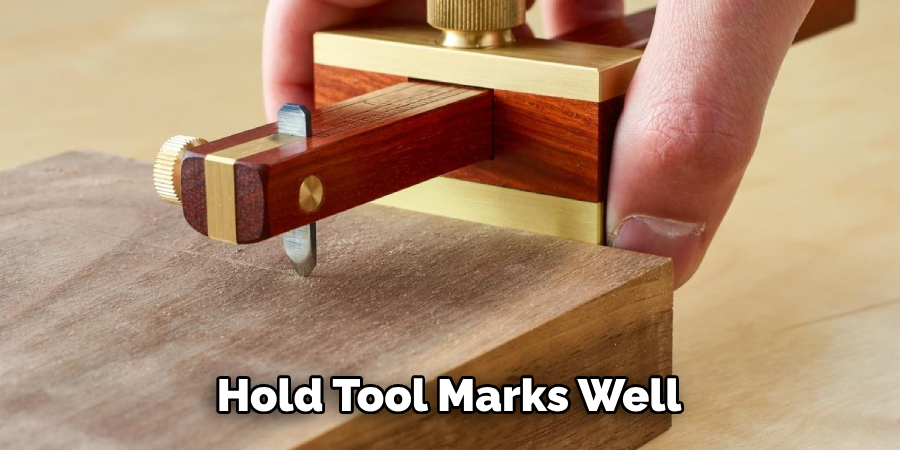
Maple is a very strong and durable wood, but it may not be the most budget-friendly option if you’re looking to save money on furniture or lumber. Additionally, look for pieces with consistent color and grain pattern throughout – this will ensure that your finished project looks uniform and professional.
Conclusion
Maple wood is now easy to identify with its characteristic rays, flecking, and reddish hues. Many people opt for maple wood when it comes to furniture making, kitchen cabinetry, and flooring.
Whether you’re looking for a unique wood species or simply want to know what type of wood you’re dealing with, familiarizing yourself with some of the common characteristics of maple wood can help make identification easier.
Now that you understand the art of determining what type of wood is what, why not take a dive into learning how to repair fireplace cracks? It’s easy to do and with the right supplies and knowledge, it could be something worth investing in your home repair project!
From filling up cracks with some caulking or joint filler – you’ll be on the road towards restoring your fireplace’s original beauty quickly and efficiently! Consider brushing up on your skills by reading reliable tutorials online or getting in touch with a professional who can answer any questions you may have about repairing fireplace cracks. Thanks for reading this article on how to identify maple wood.

